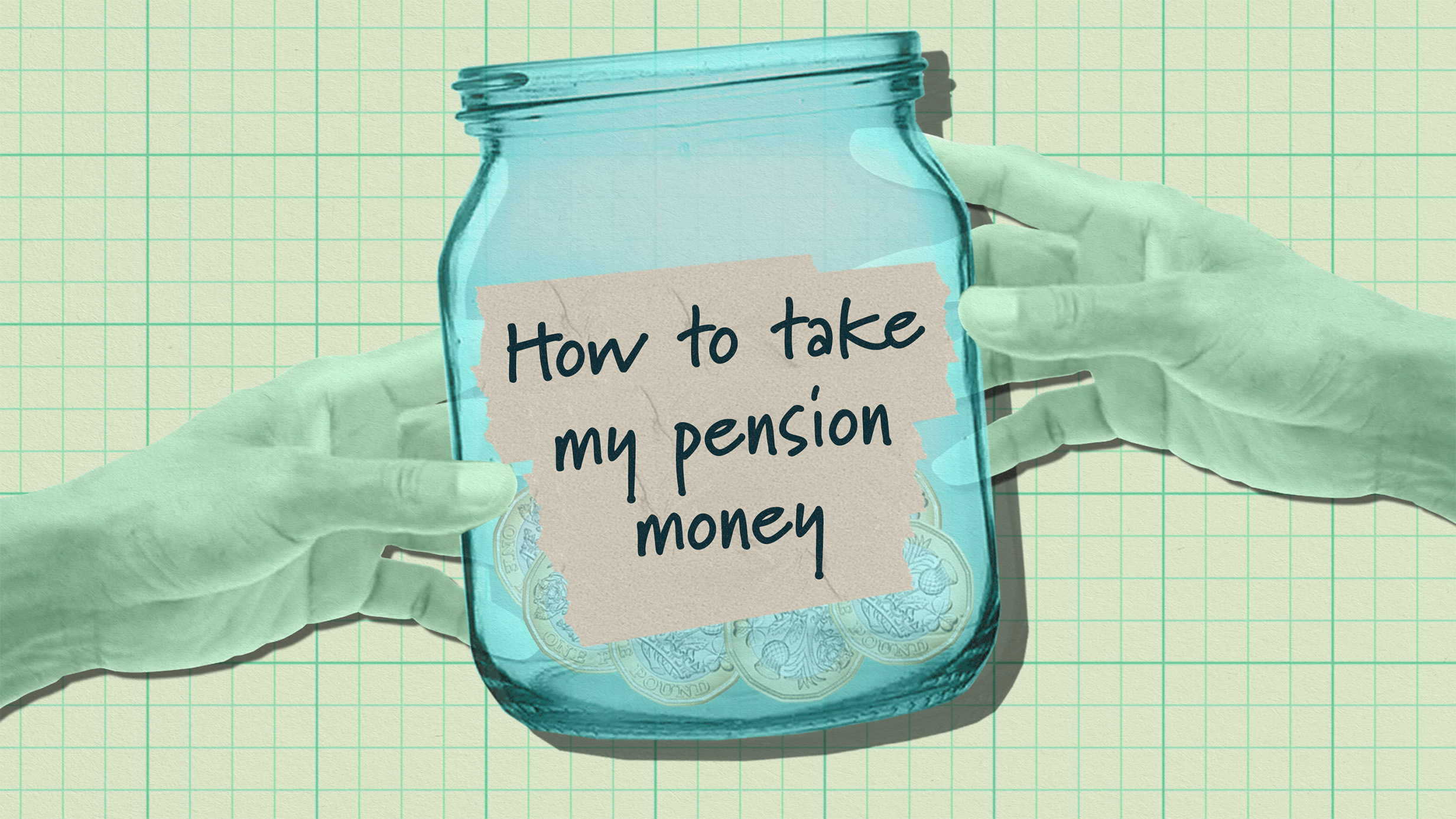How to take my pension money
A 5 minute read

It’s all about to begin. The expedition into retirement. Whatever it has in store for you, there’s one final decision to make before you can stop work and start on your extraordinary adventure: the decision of how to withdraw the money you’ve worked so hard to save.
It’s not as quite easy as strolling down to your local ATM and leaving with cash mere seconds later.
In fact, there are a few different ways you can withdraw your defined contribution pension, each with its own benefits and drawbacks. So, choosing the right one for you needs some careful thinking.
Remember that you can begin to withdraw your pension once you hit 55 – though this is rising to 57 in 2028.
Lump sum
First and foremost, and simplest, is to just take it. One big lump sum to sink your teeth into. Normally, when you decide to do this, you can take up to 25% of your pot tax-free. The rest is subject to income tax and could leave you with a hefty tax bill if you dive straight in and take the lot. It’s not for the faint-hearted, so if you have a larger pot champing at the bit, it could make more sense to follow one of the other options or look to take your money over different tax years. Sometimes, for example, it might make more sense to leave things invested, giving your money a further chance to grow.
Alternatively, you could take your money in instalments, benefitting each time from that 25% tax-free amount. The rest will of course be taxed as income. It’s just, it’s called an uncrystallised funds pension lump sum. We’re sorry. You’ve heard of jargon before but that one takes the biscuit.
Annuity
Sometimes, taking something all in one go means there might be none left for later. Well pensions are just like that packet of biscuits: imagine you could guarantee yourself a certain amount of biscuits every year for the rest of your life? Now imagine it’s your pension. A guaranteed income for as long as you live.
It’s called an annuity. It basically converts your pension savings into a regular amount that will be taxed as it were income. You’ll still be entitled to take up to 25% of your pot tax-free though.
When you purchase an annuity, you use your pension to do so. Your annuity provider will work out how much income you’re entitled to using factors such as your age, health and lifestyle.
There are different sorts of annuities, too. Sometimes you’ll be given the choice between being paid monthly or yearly. A fixed-term annuity will only provide a taxable income for a determined length of time. After that time’s up, you’ll have to decide what to do with the remainder: take it as a cash lump sum; buy another annuity; or take it as drawdown.
A lifetime annuity is probably the most well-known. It’s what pays you a guaranteed income for the rest of your life, but also might be an option if you don’t like investment risk. In fact, sometimes you can buy an annuity that increases each year, for example, with inflation.
Drawdown
Again, you’ll get to take up to 25% of your pension pot tax free first. You can take it all at once – or little by little, leaving the rest invested to give it more time to grow. We call this flexi-access drawdown, and it’s become quite a popular method of funding retirement. Remember though, that anything you take via drawdown after your tax-free allocation will be taxed as income.
Drawdown works by giving you flexibility. You can take lump sums or use it as a flexible income to go your own way, according to your own plan. And what’s more, you can change the method you use to take it as you go.
But that flexibility comes at a price. Drawdown is not a guaranteed income for life, and one day your money will run out. That’s why it’s important to know how much you’ll need in retirement and to stay in the know with your investments. Of course, you could always buy an annuity if you’re in drawdown, at any time. However, remember that the value of your pot will have lowered once you withdraw from it, so any annuity you purchase after already withdrawing will not have the same financial muscle as it could have done originally.
The fourth option…
There is always another option, and in this case, it’s a fourth. When you reach 55 – the age at which you can begin withdrawing your money – you might have decided you’ve not had enough. For whatever reason, if you don’t want – or if you don’t need – to take your money out, you can just leave it invested. Untouched, ready and waiting for its time to shine.
Remember though, as with any scenario in which all or part of your money remains invested, the value of your pension could change. It could go up or down, and you could even get back less than you put in.
Making the decision about retirement is one thing, but choosing what to do with the money you’ve worked so hard to save is another thing entirely. If you can’t choose between two options, you could always mix and match them to better suit your needs. And if you’re still unsure, Pension Wise is a free, government-backed service by Money Helper that can provide some helpful guidance. But sometimes it helps to speak to a financial adviser, who can give you professional advice based on your specific situation and needs.
It’s a big decision. But making it will help you do retirement right.
To work out your estimated living expenses in retirement, go to the Retirement Living Standards, who have conducted research with Loughborough University so that we can picture the kind of lifestyle we want to have in retirement.
DO NOT EDIT THIS BOX UNLESS YOU'RE NOEL

